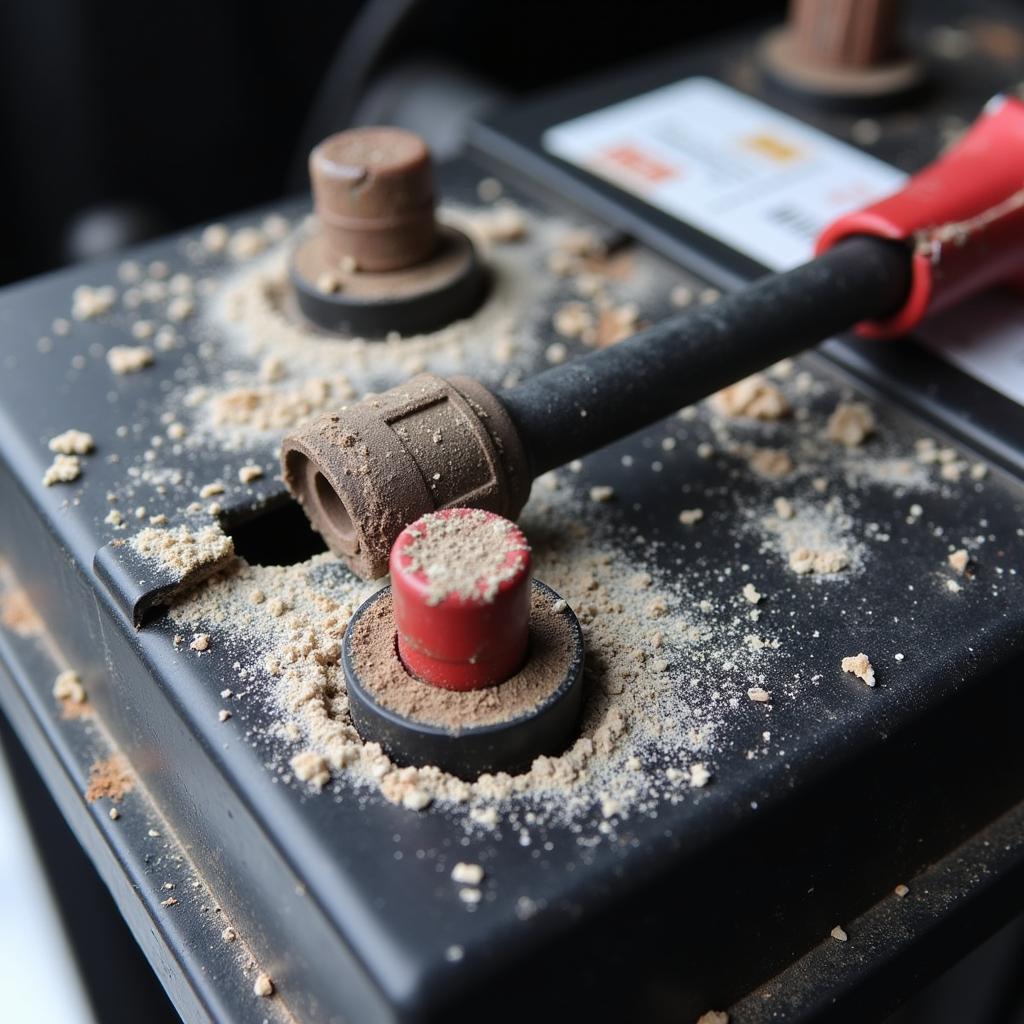Intel Anti-Theft Technology (IATT) can be a real headache when you need to make changes to your system, especially if you’ve lost your credentials. This guide dives deep into how to remove Intel Anti-Theft Technology, providing clear steps and expert advice to help you navigate this sometimes tricky process.
If you’re selling or donating your computer, removing IATT is crucial. It’s also important to know how to disable this feature if you’re experiencing conflicts with other software or simply prefer not having it active.
Understanding Intel Anti-Theft Technology
Before we delve into removal, it’s important to understand what Intel Anti-Theft Technology is and how it works. IATT is a hardware-based security feature designed to protect your data if your laptop is stolen. It can lock down the system, rendering it unusable, even if the hard drive is replaced.
Why Remove IATT?
There are several reasons why you might want to remove IATT. Perhaps you’re upgrading your system, selling your laptop, or simply don’t want the added security layer. Whatever your reason, understanding the process is essential.
“IATT, while a powerful security tool, can become a hurdle when performing system upgrades or transferring ownership. Knowing the proper removal process is key to avoiding unnecessary complications,” says David Miller, Senior Automotive Diagnostic Technician at Miller’s Auto Tech.
Methods to Remove Intel Anti-Theft Technology
There are several methods to remove IATT, each with its own set of steps. Let’s explore the most common ones.
1. Using the Intel Anti-Theft Technology Management Console
This is often the simplest method. If you have access to your IATT credentials, you can disable it directly through the management console.
- Access the IATT Management Console through your system BIOS or pre-boot environment.
- Log in with your credentials.
- Navigate to the disable or uninstall option.
- Follow the on-screen prompts to complete the process.
If your car’s battery keeps dying, it might not be the alternator. Check out bad alternator or bad battery for more info.
2. Contacting Your Computer Manufacturer
If you can’t access the management console or have lost your credentials, contacting your computer manufacturer is the next best step. They can often provide assistance or reset the IATT settings for you.
 Contacting Computer Manufacturer for IATT Removal
Contacting Computer Manufacturer for IATT Removal
3. Using Third-Party Software (Use with Caution)
Some third-party software claims to be able to remove IATT. However, proceed with extreme caution. Using unofficial methods can potentially damage your system or void your warranty. Always back up your data before attempting this.
If you are experiencing a dead battery, but your battery is not actually dead, there can be multiple reasons why this is happening. Have you checked out battery not dead but car not starting?
Troubleshooting Common Issues
Sometimes, you might encounter issues during the removal process. Here are a few common problems and how to address them.
Forgotten Credentials
If you’ve forgotten your IATT credentials, contacting your computer manufacturer is the best course of action.
“Remember, dealing with IATT often requires specific knowledge about your particular system. Don’t hesitate to reach out to professionals for help,” advises Sarah Johnson, Lead Software Engineer at Johnson Automotive Solutions.
System Errors
If you encounter system errors during the removal process, try restarting your computer. If the problem persists, consult your computer manufacturer or a qualified technician. Knowing how to start a car without battery is a valuable skill to have.
Conclusion
Removing Intel Anti-Theft Technology can be a straightforward process if you follow the correct steps. Remember to back up your data before making any changes, and don’t hesitate to contact your computer manufacturer or a qualified technician if you encounter any difficulties. Successfully removing Intel Anti-Theft Technology gives you more control over your system and allows for smoother upgrades and transfers of ownership. If you’re having issues with your car battery constantly draining, see my car keeps draining battery. For recurring battery corrosion issues, refer to car battery keeps getting corroded.



